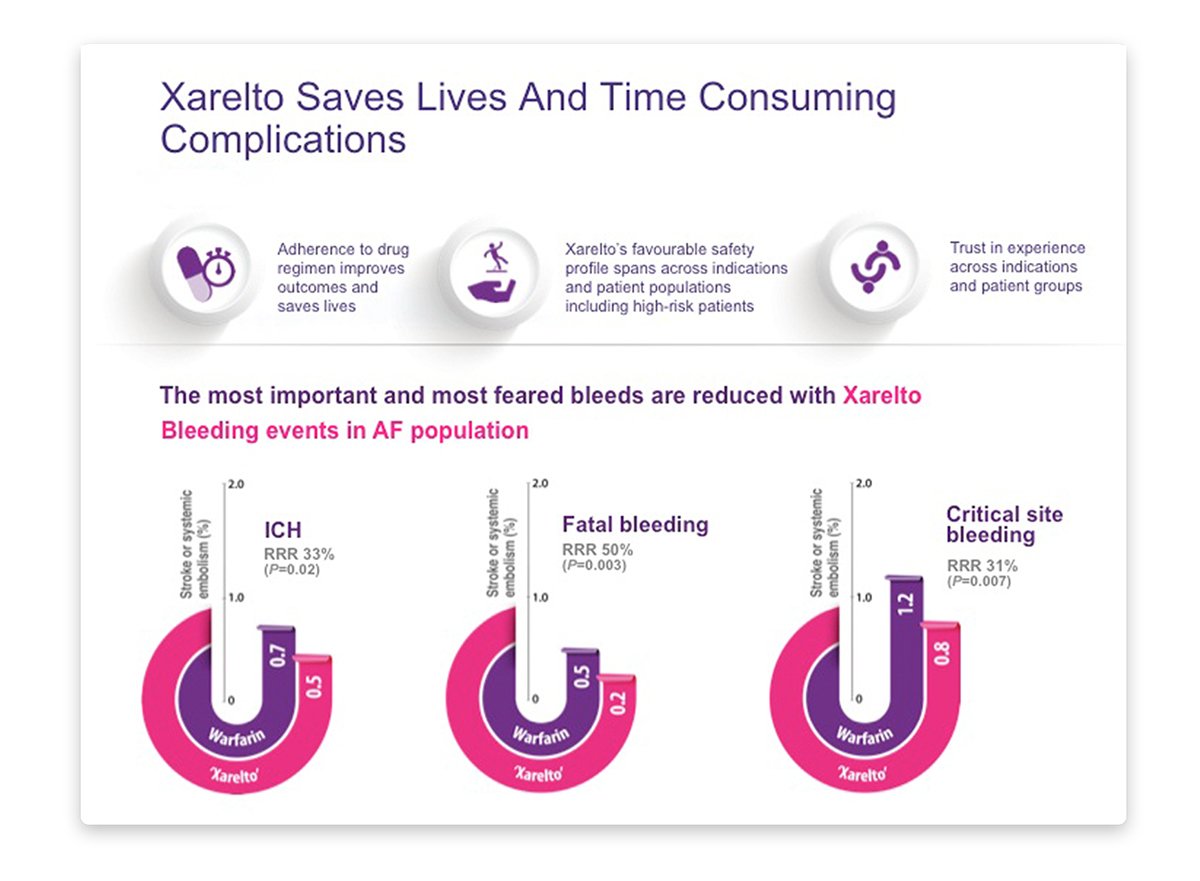If You Are Considering Artificial Disc Replacement Here Are Seven Points You Should Understand:
Cpt Codes Covered If Selection Criteria Are Met:
+0098T Revision including replacement of total disc arthroplasty , anterior approach, each additional interspace, cervical 22856 Total disc arthroplasty , anterior approach, including discectomy with end plate preparation single interspace, cervical 22858 Total disc arthroplasty , anterior approach, including discectomy with end plate preparation second level, cervical 22861
Who Qualifies For Cervical Disc Replacement
If you live in an area where cervical disc replacement is approved under the local coverage determination, all the following statements must be true for the procedure to be covered:
- The disc being used is approved by the FDA
- You’re considered to be ”skeletally mature” this typically applies to anyone over the age of 25
- You’ve either been experiencing pain that isn’t relieved through over-the-counter medications and physical therapy for at least six weeks or your symptoms are progressing rapidly and the procedure is considered urgent
- You’ve undergone a CT scan, an MRI or myelography to diagnose your condition
- The damaged disc is in the right location on your spine
If you have certain medical conditions or have previously undergone back surgery, you may be ineligible for Medicare coverage even in areas where the procedure is approved.
Recommended Reading: Does Medicare Pay For Licensed Professional Counselors
The Charite Artificial Disc
Caspi et al reported results of lumbar disk prosthesis after a follow-up period of 48 months. These investigators found that 80% of patients reported satisfactory to very good results. Poor results were reported by four patients, one of whom underwent postero-lateral fusion and another is waiting for the same operation. There were two dislocations of the prosthesis followed by immediate revision surgery. The authors concluded that contraindications for surgery appear to be the principal cause of failure rather than the prosthesis itself.
The United States Food and Drug Administration has approved the Charite Artificial Disc for spinal arthroplasty in skeletally mature patients with degenerative disc disease at one level from L4-S1. The indications for the Charite define DDD as discogenic back pain with degeneration of the disc that is confirmed by patient history and radiographic studies. According to the FDA-approved labeling, these DDD patients should have no more than 3 mm of spondylolisthesis at the involved level. The FDA approved labeling states that patients receiving the Charite Artificial Disc should have failed at least six months of conservative treatment prior to implantation of the Charite Artificial Disc.
The study demonstrated non-inferiority of the Charite Artificial Disc to interbody fusion for secondary endpoints, including pain ), quality of life , disc height, and device migration.
Does Medicare Cover Back Surgery

Chronic back pain often requires a multi-faceted treatment plan that includes physical therapy, medication or surgical intervention. In some cases, surgery is chosen when other treatments have been tried and do not work. In others, the condition may be so severe that surgery is required. Medicare coverage for back surgery can vary due to several factors.
Types of Back Surgery
Whether your back pain is due to injury, degenerative disease or complications with aging, the condition of your spine and the source of the pain will determine what type of surgery may work best for you. An orthopedic specialist will assess your needs and discuss your options with you. They will also perform a physical exam and may order certain diagnostic imaging tests, such as an MRI or x-ray, to review which surgery may be medically necessary.
The most common types of back surgery include the following:
Risks Associated with Back Surgery
Although many surgical procedures that relieve back pain can now be performed with minimally invasive procedures, it is still considered a major surgery. With any major surgery, there can be numerous risks. These risks include, but are not limited to, allergic reactions to anesthesia and other drugs, excessive bleeding, blood clots and infection. Certain people can be at a higher risk for a heart attack or stroke during surgery. Your surgical team should be aware of your medical history and any current medications you take in order to minimize risk.
Don’t Miss: How Do I Find My Medicare Card Number Online
How To Get Disc Replacement Surgery Covered By Insurance
As there are multiple conditions that can cause severe back pain, your symptoms must be caused by severe degenerative disc disease, diagnosed by a medical doctor. You will also likely need imaging of the affected area with X-ray, CT scan, or MRI scanning.
It generally must be shown that your condition is resistant to more conservative therapy treatments. Many insurance companies will require a period of treatment with anti-inflammatory medication, physical therapy, and methods such as chiropractic care and massage.
Your quality of everyday life must be significantly impacted by your cervical disc pain. Discuss this situation with your doctor before pursuing disc surgery.
Smoking increases the risk of complications from disc replacement surgery, so you will likely be advised to quit smoking.
Age is a factor as well, as most surgeons will require skeletal maturity. In general, this occurs after the age of 25 when the bones have stopped growing.
You will not be able to obtain coverage for your cervical disc replacement unless the artificial disc is approved by the Food and Drug Administration.
FDA approval satisfies the need for the procedure to be reasonable and necessary, as per guidelines set out by the Centers for Medicare and Medicaid. Insurance companies want this level of security as well.
Compare Insurance Providers Rates to Save Up to 75%
Secured with SHA-256 Encryption
Health Insurance Requirements For Lumbar Adr
Disc-related pain. Symptoms for at least six months.Pain not relieved by a program of conservative treatment.Imaging showing the presence of advanced disease in a single level of the lumbar spine.Pain severe enough to interfere with everyday activities. Age.Use of an FDA-approved artificial disc replacement device.
Read Also: Does Medicare Pay For A Caregiver In The Home
Lumbar Partial Disc Prosthetics
Lumbar partial disc replacement is a minimally invasive procedure that replaces only the nucleus pulposus in an attempt to fill the therapy gap between discectomy and fusion. The procedure targets only the nucleus pulposus as the origin of pain while attempting to restore the biomechanical function of the whole segment. Careful patient selection is crucial since the prosthetic nucleus is not fixed into position. An intact annulus and properly functioning endplates must be present. Exclusion criteria include osteoporosis, endplate problems, posterior element disorder , and infection tumors. There are several lumbar partial disc replacement devices currently under investigation. These devices use hydrogel, polymer/synthetic, or mechanical technologies, however, none are commercially available in the United States. All non-fusion spinal implants are considered Class III medical devices and require Pre-Market Approval from the FDA prior to market release in the United States.
Further clinical investigation with well-designed prospective, randomized trials is needed to determine the efficacy of nucleus replacement in the treatment of lumbar DDD, as well as its ideal indications.
Research On The Horizon
The future of artificial disk replacement technology will likely include advancements in the design of implants and tools for diagnosing the source of pain, as well as the development of ways to return the disk to normal function without the insertion of any biomechanical device.
Although no longer considered a new technology, the development of artificial disk replacement is more recent than that of lumbar fusion. Follow-up studies to 10 years have shown satisfactory outcomes in a carefully chosen patient population. Despite the theoretical advantages of preserving motion, some studies have not shown a clear advantage of artificial disk replacement over lumbar fusion. Research continues on the outcomes of the procedure.
Read Also: How Do You Qualify For Medicare Part A And B
Evaluating Benefits & Risks Of Adr
Dr. Lanman is a certified spine surgeon that offers Los Angeles artificial disc replacement and can answer all of your questions related to ADR. Only a qualified spine surgeon can help you decide if artificial disc replacement is right for you however, you can review the pros and cons of the procedure.
Risks Of Artificial Disc Replacement
The short-terms risk profile of artificial disc replacement is similar to spinal fusion surgery. However, the rate of complications is relatively low. The risk of complications can be further reduced by choosing a surgeon with the skill and experience to successfully perform artificial disc replacement surgery.
Read Also: What Is Medicare Plan G Supplement
Cms Won’t Cover Artificial Spine Disc Replacement Device For Over
The Centers for Medicare & Medicaid June 23 announced its decision not to cover lumbar artificial disc replacement with the ChariteTM artificial disc for Medicare beneficiaries over 60 years old.
The agency made its national coverage decision after completing a national coverage analysis. The policy went into effect May 16, and must be implemented by insurance carriers July 17 with full implementation by Oct. 1, the agency said.
LADR is a surgical procedure involving complete removal of a damaged or diseased lumbar intervertebral disc and implantation of an artificial disc. The procedure offers an alternative to lumbar spinal fusion and is intended to reduce pain, increase movement at the site of surgery and restore intervertebral disc height, the agency said.
The FDA has approved the use of the ChariteTM artificial disc, made by DePuy Spine, for spine arthroplasty in skeletally mature patients with degenerative or discogenic disc disease, the CMS said. Medicare coverage under the investigational device exemption for other lumbar artificial discs in eligible clinical trials is not affected, the CMS added.
The CMS decision can be viewed at www.cms.hhs.gov/transmittals/downloads/R60NCD.pdf .
Is Disc Replacement Surgery Covered By Insurance

Often it is.
There are several private insurance companies that will cover cervical artificial disc replacement, or CDR. Each of them has their own restrictions, but there are some general guidelines you should know about.
In order to qualify, you will have to navigate a series of steps to receive coverage. Once you and your doctor have determined that cervical disc replacement is right for you, you can decide if local Medicare coverage, or a private insurance policy is the best way to pay for your procedure.
Whatever your decision, it is likely you will need to meet the following conditions to qualify.
Don’t Miss: How To Determine Medicare Part B Premium
How Does Cervical Artificial Disc Replacement Work
During cervical artificial disc replacement surgery, your doctor removes the damaged disc and inserts an artificial metal or plastic disc in its place. This disc helps reduce pressure on your vertebrae and leads to a reduction in discomfort associated with degenerative disc disease. Depending on your overall health, the procedure may be performed in a hospital on an outpatient basis, or you may need to be admitted to the hospital for one or two days during recovery.
Things To Know About Cervical Artificial Discs
Watch:Cervical Disc Replacement Surgery Video
When considering cervical artificial discs, here are 6 things that are helpful for you to know:
Also Check: Can I Transfer My Medicare To Another State
What Are The Risks Of Cervical Disk Replacement Surgery
While any surgery carries some risk, disk replacement surgery is a relatively safe procedure. Before you have surgery, you will need to sign a consent form that explains the risks and benefits of the surgery.
Disk replacement is a new type of spine surgery so there is little information on possible long-term risks and outcomes. Discuss with your surgeon the risks and benefits of disk replacement surgery compared with more traditional types of cervical spine surgery.
Some potential risks of cervical spine surgery include:
-
Reactions to the anesthesia
-
Broken or loosened artificial disk
-
Need for further surgery
There may be other risks, depending on your specific medical condition. Be sure to discuss any concerns with your surgeon before the procedure.
Free Insurance Providers Comparison
Secured with SHA-256 Encryption
|
Chelsey Tucker graduated with a Bachelor of History degree from Metropolitan State University in 2019. She now writes about insurance with her specialty being life insurance and has been quoted on Help Smart Phone and MEL Magazine. |
Written byChelsey Tucker Insurance Expert |
|
Dan Walker graduated with a BS in Administrative Management in 2005 and has been working in his familys insurance agency, FCI Agency, for 15 years. He is licensed as an agent to write property and casualty insurance, including home, auto, umbrella, and dwelling fire insurance. Hes also been featured on sites like Reviews.com. |
Don’t Miss: What Is Medicare Plan F
How Much Does Cervical Spine Surgery Cost
The advantage of cervical artificial disc replacement surgery is, first and foremost, the cost. Traditional spinal fusion surgery can cost well over $100,000. In contrast, artificial disc replacement, or cervical arthroplasty, is a fraction of the expense.
The reduction in cost comes at its own price, however. The procedure is considered investigational at this point, and thus not covered by national Medicare plans. However, your local Medicare plan may have the answer you need.
Compare Insurance Providers Rates to Save Up to 75%
Secured with SHA-256 Encryption
Its All About You We Want To Help You Make The Right Coverage Choices
Advertiser Disclosure: We strive to help you make confident insurance decisions. Comparison shopping should be easy. We are not affiliated with any one insurance provider and cannot guarantee quotes from any single provider.
Our insurance industry partnerships dont influence our content. Our opinions are our own. To compare quotes from many different insurance companies please enter your ZIP code on this page to use the free quote tool. The more quotes you compare, the more chances to save.
Editorial Guidelines: We are a free online resource for anyone interested in learning more about insurance. Our goal is to be an objective, third-party resource for everything insurance related. We update our site regularly, and all content is reviewed by insurance experts.
- Currently, there is no national Medicare coverage for cervical artificial disc replacement.
- Instead, determinations for coverage are left up to local areas.
- Other insurance companies do offer coverage for cervical artificial disc replacement.
Does Medicare cover cervical artificial disc replacement? Currently, there is no national coverage. The Centers for Medicare and Medicaid do not consider it to be a reasonable and necessary medical procedure for the Medicare population over 60 years of age.
Also Check: Does Medicare Cover Rooster Comb Injections
Does Medicare Cover Cervical Artificial Disc Replacement
- Find out when Medicare may cover the cost of cervical artificial disc replacement. Learn which parts of Medicare may help pay for the surgical procedure.
Seven bones called cervical vertebrae form your cervical spine. In between these bones are cervical discs that act as cushions, minimizing shocks when you move your neck. Frequently, the cervical discs begin to break down with age, and in some people, this results in back and neck pain, neck stiffness, weakness of the limbs, headaches and other symptoms. If you’re suffering from the effects of a bulging or damaged disc, your doctor may diagnose you with degenerative disc disease and recommend surgery called cervical artificial disc replacement to ease discomfort. Medicare may cover this procedure if you live in certain areas and meet eligibility requirements.
Does Medicare Cover Cervical Disc Replacement

According to the Centers for Medicare and Medicaid Services, local coverage determinations may be made in each case, so seek advice from your Medicare representative. Several LCDs include cervical artificial disc replacement surgery in their coverages.
Palmetto GBA, for instance, considers prosthetic cervical discs that are approved by the Food and Drug Administration to be reasonable and necessary for the treatment of some Medicare beneficiaries. They do have restrictions, of course, so check your plan to find out if you qualify.
Many private insurance companies share the same approach to qualification as your Medicare LCD, so it is helpful to be familiar with the requirements that need to be met.
Don’t Miss: Does Medicare Cover Lung Cancer Treatment
Lumbar Fusion And Artificial Disk Replacement
Although it is estimated that 70% to 80% of people will experience low back pain at some point in their lives, most will not need surgery to improve their pain. Surgery is considered when low back pain does not improve with conservative treatment.
For patients who have exhausted nonsurgical options and are still in pain, lumbar fusion surgery remains the most common option for treating low back pain. Fusion is essentially a “welding” process. The basic idea is to fuse together the painful vertebrae so that they heal into a single, solid bone.
While many patients are helped by lumbar fusion, the results of the surgery can vary. In addition, some patients whose fusion surgeries heal perfectly still end up with no improvement of their back pain.
Some doctors believe that the failure to improve after fusion surgery is because fusion prevents normal motion in the spine. For this reason, artificial disk replacementâwhich aims to preserve normal motionâhas emerged as an alternative treatment option for low back pain.
Artificial disk replacement initially gained FDA approval for use in the U.S. in 2004. Over the past several years, numerous disk replacement designs have been developed and are currently being tested.
These x-rays, taken from the side, show patients treated with lumbar spinal fusion, and artificial disk replacement.
